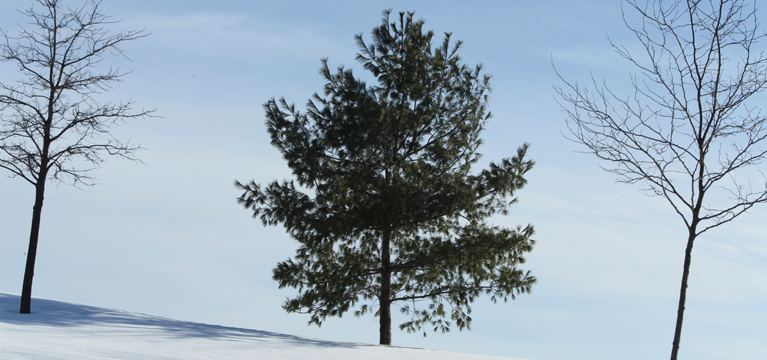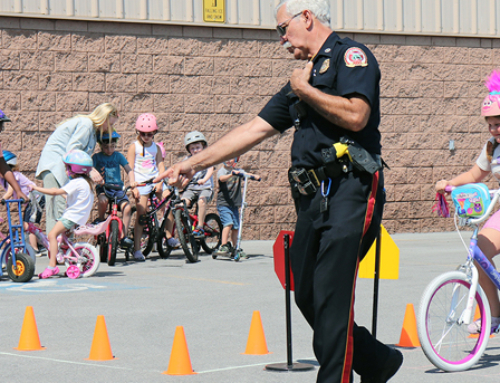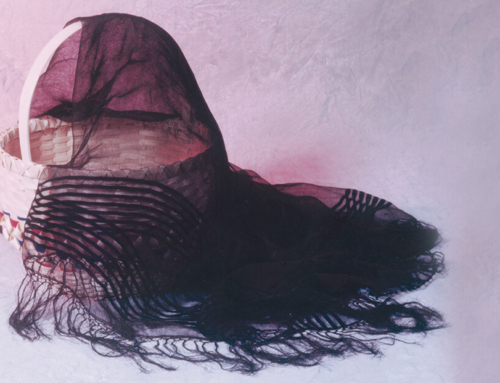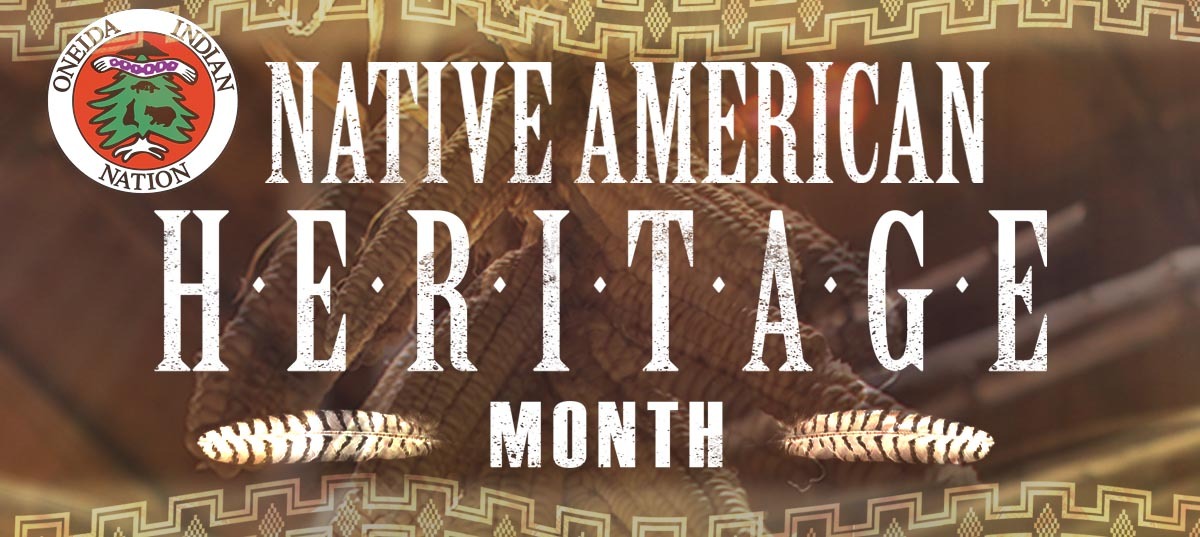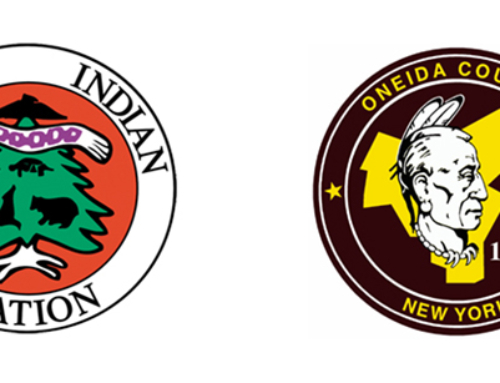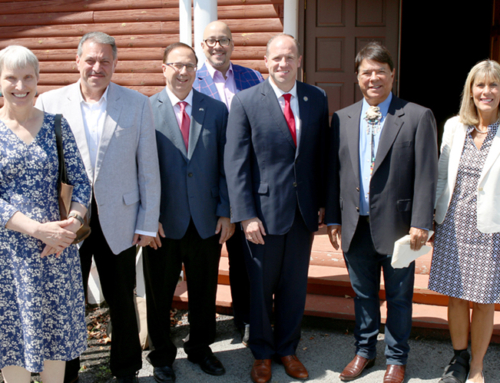Celebrating and welcoming the New Year takes on many forms.
In Denmark they keep and throw old dishes at friends’ doors to symbolize friendship.
In Brazil people eat lentils to signify wealth.
No matter the celebration each tradition includes wishes of good fortune, health and prosperity.
As the calendar flips from the old into the new the Oneida Indian Nation, and other Haudenosaunee, greet the first day with “Hoyan (Ho-Yan)” or “New Yaay (New Yea).”
Hoyan is a community event where children go door-to-door and offer well wishes and greetings while armed with a bag or pillow case. The community responds by offering the children a doughnut, a sweet American Indian cookie drizzled with a thick glaze or some other delicious treat.
“When we were younger, as we would do today, we’d make the kids dance,” said Kandice Watson (Wolf Clan) when recalling the celebration of the annual tradition on Territory Road. “For so long we were so poor here. There were a lot of things going on, so there were other priorities. It started to make a return when more people moved back to the community. That’s when it started.
“It’s similar to Halloween. You knocked on someone’s door and someone gives you a treat. You got baked goods.”
For Lisa Latocha (Wolf Clan), Hoyan included a feast with traditional foods. “Which is a treat because you don’t get them all at once,” she said. The menu could include corn soup, bread and mush, squash, beans, venison, buffalo and wild rice.
“It wasn’t a Christian thing, it wasn’t a pagan thing, it was a community activity that was also celebrated by the Onondaga, Oneidas, Six Nations Reservation (Canada) and Tuscarora,” Kandice explained, adding similar community events include the Oneida Indian Nation’s annual Three Sisters dinner and annual summer picnic.
Hoyan was observed and described by Historian Hope Emily Allen who was born in Kenwood and resided at the Oneida Community mansion house. She explains the tradition is perhaps Dutch or German in nature. In her notes, archived at the Syracuse University Library, Special Collections, she relates that in early 1942 Lydia Doxtater of Marble Hill told her:
“On New Year’s Day the Indians went about in sleighs to receive fried cakes, saying ‘Hoyan’ and sometimes firing a salute of guns. They got this habit from the Dutch.”
“I find that all the Indians I know recognize ‘Hoyan’ as the New Year’s greeting when doughnuts are given. Saying it means, ‘Happy New Year.’ Anna [Johnson, Marble Hill Oneida] says that when the Indians went out to get doughnuts they left someone at home to dispense them in turn (sic).
“One woman of old white farmer stock on the West Road says that her people always supplied sleighs to aid the Indians on New Year’s Day up to [go to] the Orchard. The Indians now tell me that all New York State Indians have the same custom, and the Irish wife of one says that in Rochester she worked for Germans who had the same custom–also with the same greeting.
“I am reminded of Dr. Murray’s discussion in the OED [Oxford English Dictionary] s.v. of Hogmanay (Scottish and North of England for ‘New Year’s Eve,’ when this word is the greeting [with the accompanying custom] indicated by the alternate name ‘Cake Day’). Dr. Murray decided that the custom and greeting come from France, where the Norman word-variant seems especially close to Hogmanay. New York State Indian custom should be investigated in this connection as well as the practices of Holland and Palatine [Germany]. A wide-spread, very ancient European custom may be indicated.”
The tradition continues within the Oneida Indian Nation community today.


